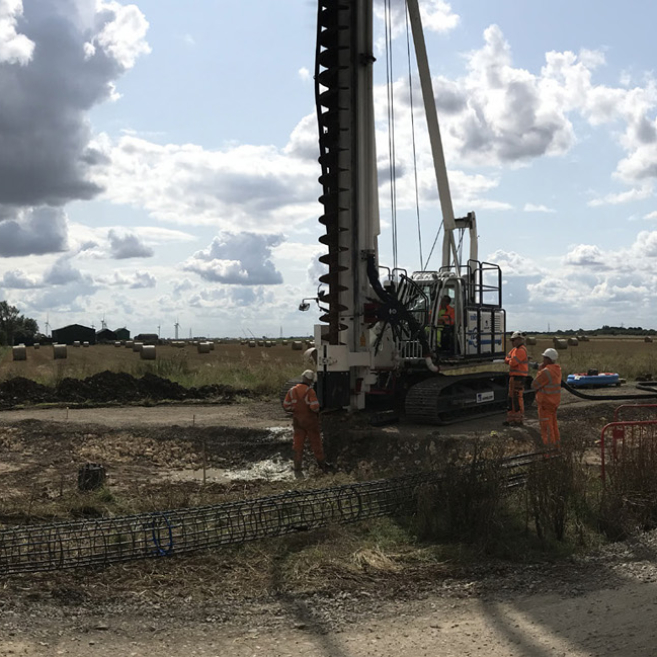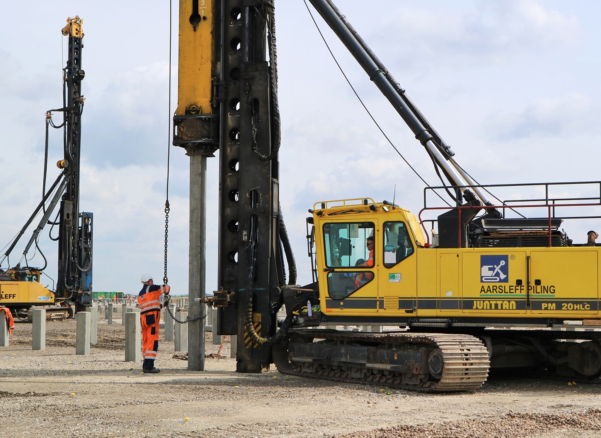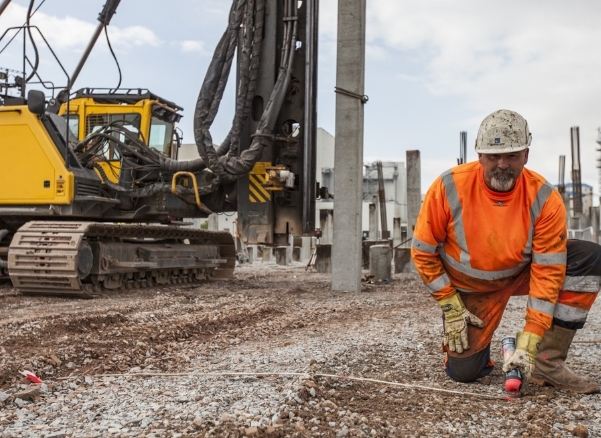All About CFA Piles
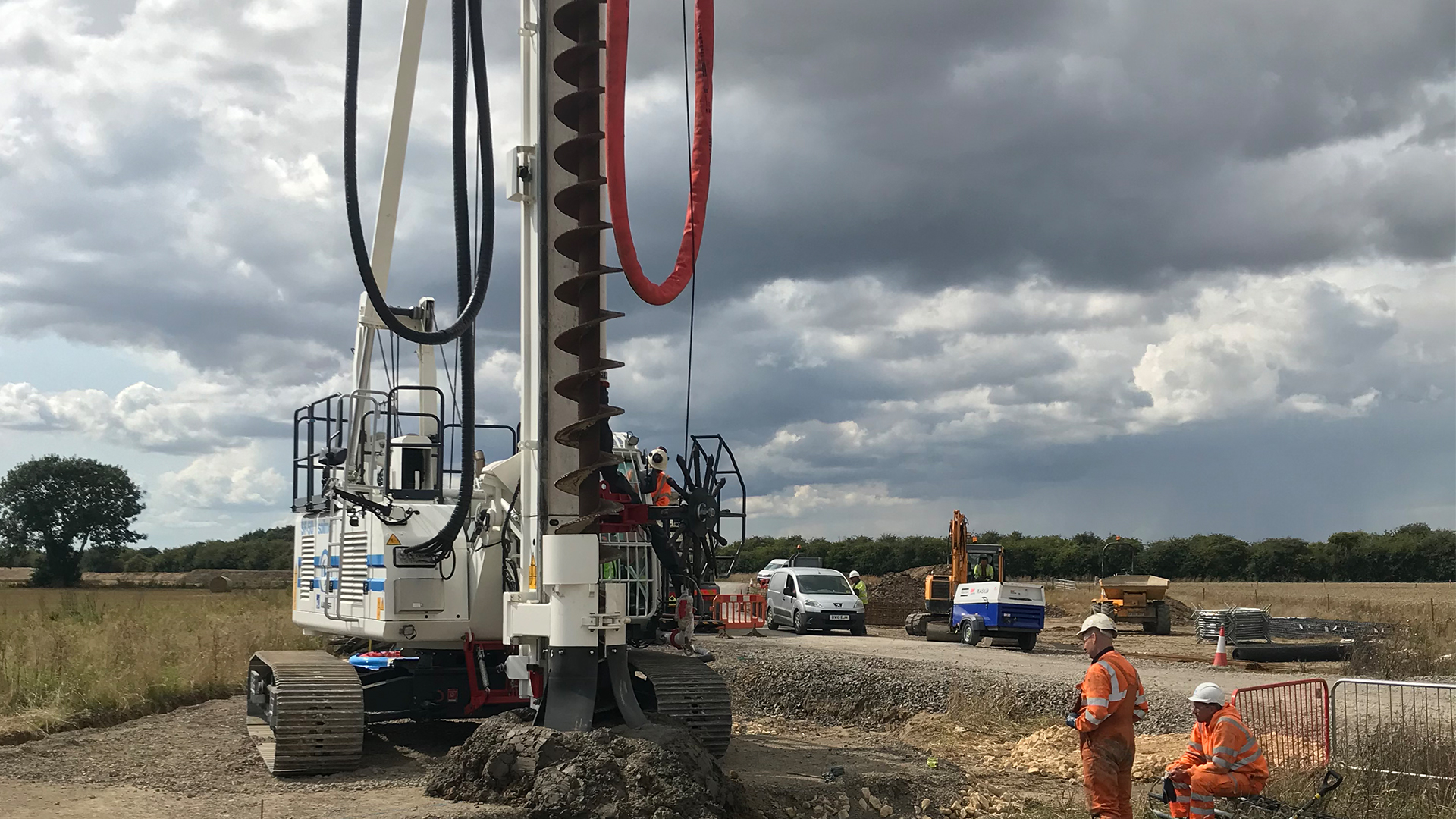
CFA Piling is a common, in-situ foundation method, used in the UK since the mid-20th century. We’ve broken down the top seven most commonly asked questions about CFA piles to help you understand more about the solution.
What is CFA piling?
Continuous flight auger piling, or CFA piling, is a foundation method that involves drilling and concreting in one go, with reinforcement plunged into the wet concrete once the auger is removed. It is a cast in-situ method of piling, meaning the concrete is cast and cured on site, and is extremely common in areas where reduced noise and vibration are important, such as inner cities.
What is the difference between CFA and bored piles?
CFA and bored piles are both installed using augers and both involve cast in-situ concrete. When installing bored piles, however, the auger is removed once the channel has been dug, with the reinforcement added prior to the concrete pour. Bored piles are larger in diameter than CFA piles, and are therefore often used for larger loads and greater depths. CFA piling is quicker to install, due to the auguring and concreting being part of the same motion.
How many CFA piles can you install per day?
One of the main advantages of CFA piles is the high production rate. For private projects installing CFA piles with a diameter of 300 to 450mm and under 20m in length, around 300 to 450m can be installed per day. These rates are achievable on private projects, such as large buildings, where most of the piles are relatively close together, reducing the rig’s movement between piles.
Lower production rates, such as 60 to 150 m (200 to 500 ft) per day, should be expected for transportation projects where pile groups supporting bridge bents are spread across a large project area.
How deep can CFA piles go?
Aarsleff are able to install CFA from 300mm to 900mm, with lengths of up to 25m. This means that CFA piling is effective for low to mid-range loading, thus suitable for most commercial and residential projects.
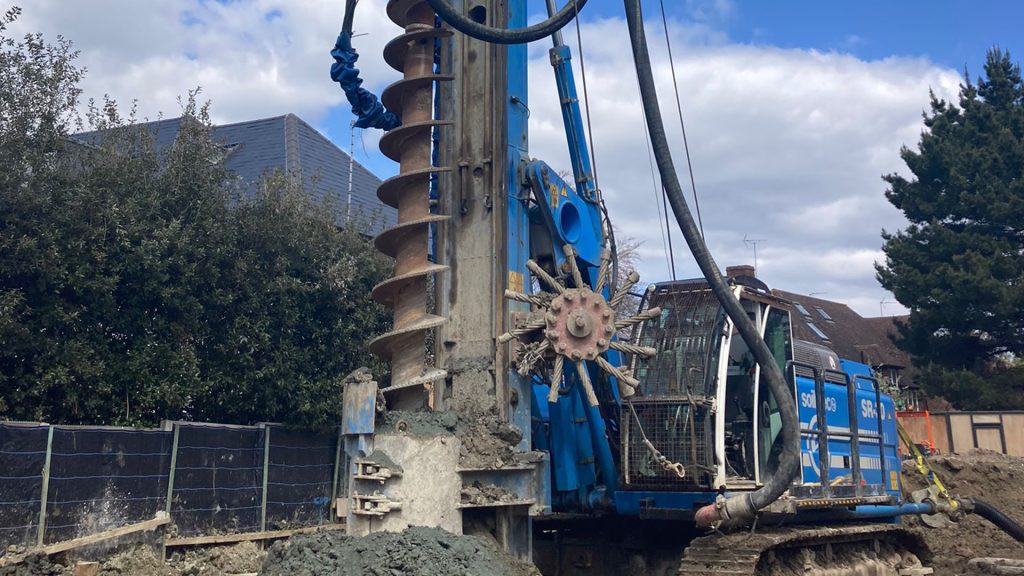

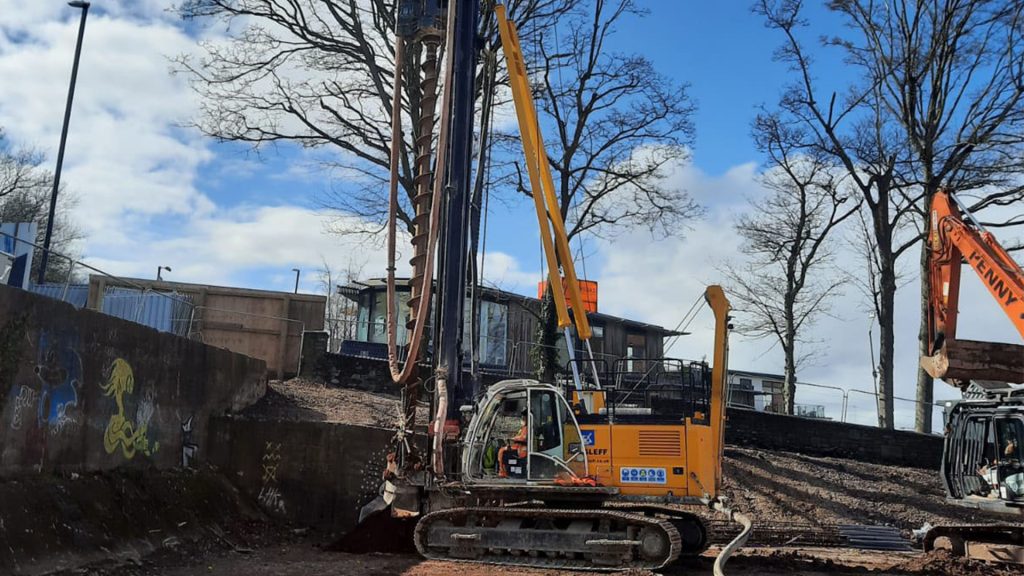
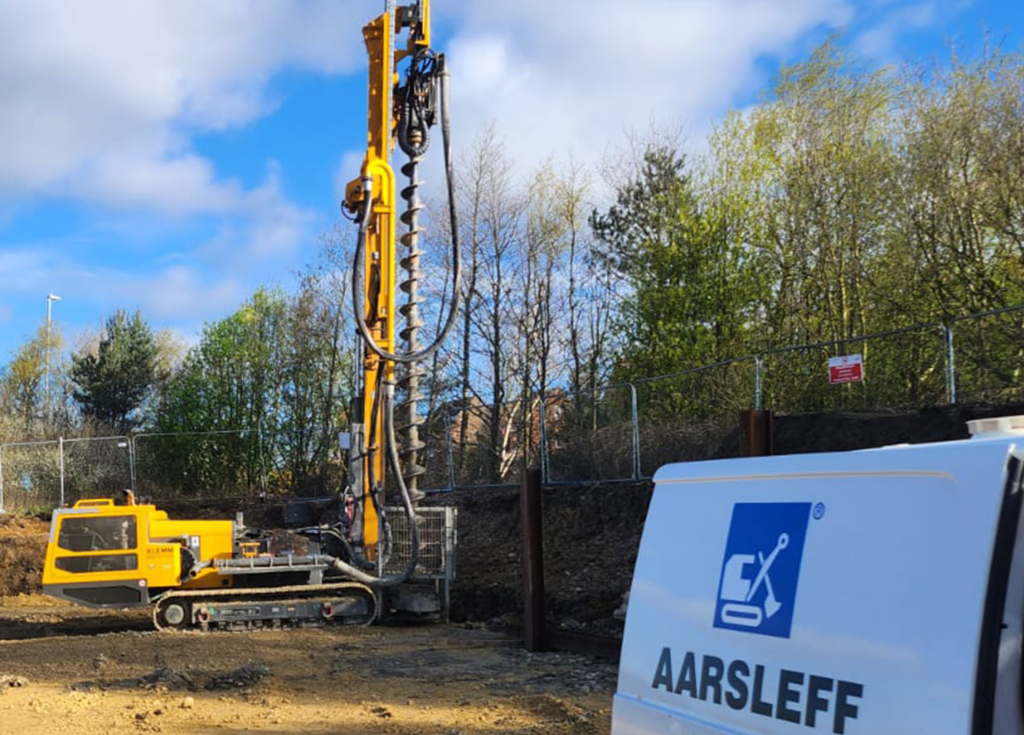
What are the advantages of CFA piling?
- High production rates mean that piles are commercially attractive
- A broad range of auger sizes (300mm to 1200mm diameter) means that the most economical use of construction materials is possible
- Depths of up to 25m means that CFA piling is effective for low to mid-range loading, thus suitable for most commercial and residential projects
- Low noise emissions
- Virtually vibration-free
When should I use CFA piles?
CFA piles are effective when piling close to existing buildings or in built up areas due to the extremely low associated vibration and noise. The method is suitable for most soil conditions, meaning it is often used in city environments.
How much do CFA piles cost?
The cost reflects the high productivity for projects where large numbers of piles are required. Prices for CFA piling are often a few pounds per foot less than driven precast concrete piles of similar size and axial capacity, assuming both pile types meet the project performance criteria.
Conclusion
Aarsleff installs CFA piling and contiguous piled walls across the UK, designing and delivering operational excellence. Our daughter company, Cannon Piling, are augured piling specialists based in Essex and together, we have 40 years of experience in delivering CFA projects. Get in touch to discuss your project today.
The Latest. News, podcasts & projects
